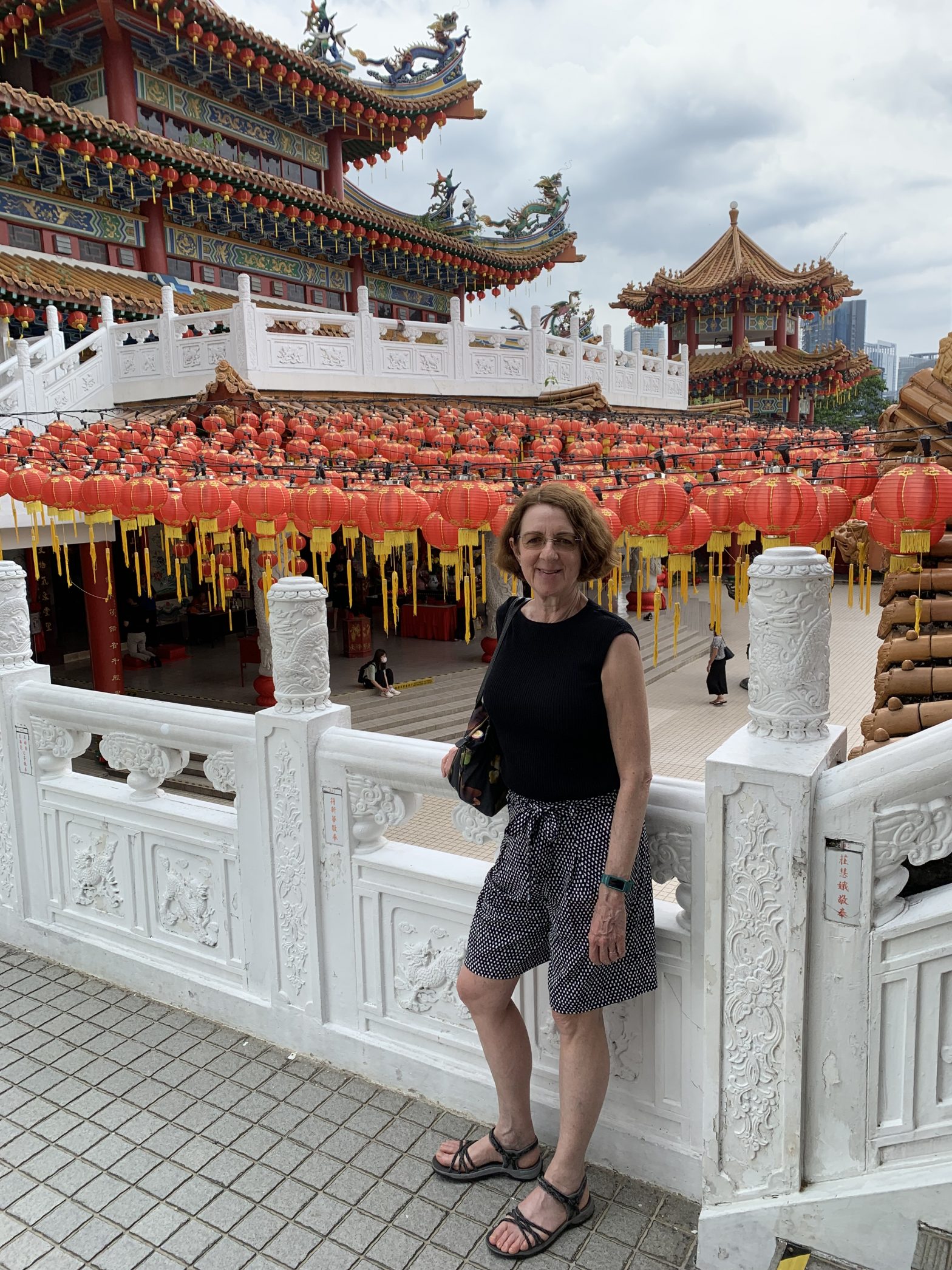It’s been almost four years since I left Malaysia, and it’s lovely to be back.
One thing I’d forgotten about, and which I find myself appreciating all over again, is that this is a country of contrasts and amalgams – old/new, east/west, Indian/Chinese/Malay. Everything is embraced and somehow it all seems to work.
On Thursday I went to the Thean Hou Temple, which is one of the largest temples in Southeast Asia. With true Malaysian inclusivity it combines modern architecture with traditional design, and contains elements of Buddhism, Taoism and Confucianism.
It sits in front of the skyscrapers of central KL, but nothing jars – it’s a successful blending of modern and traditional.
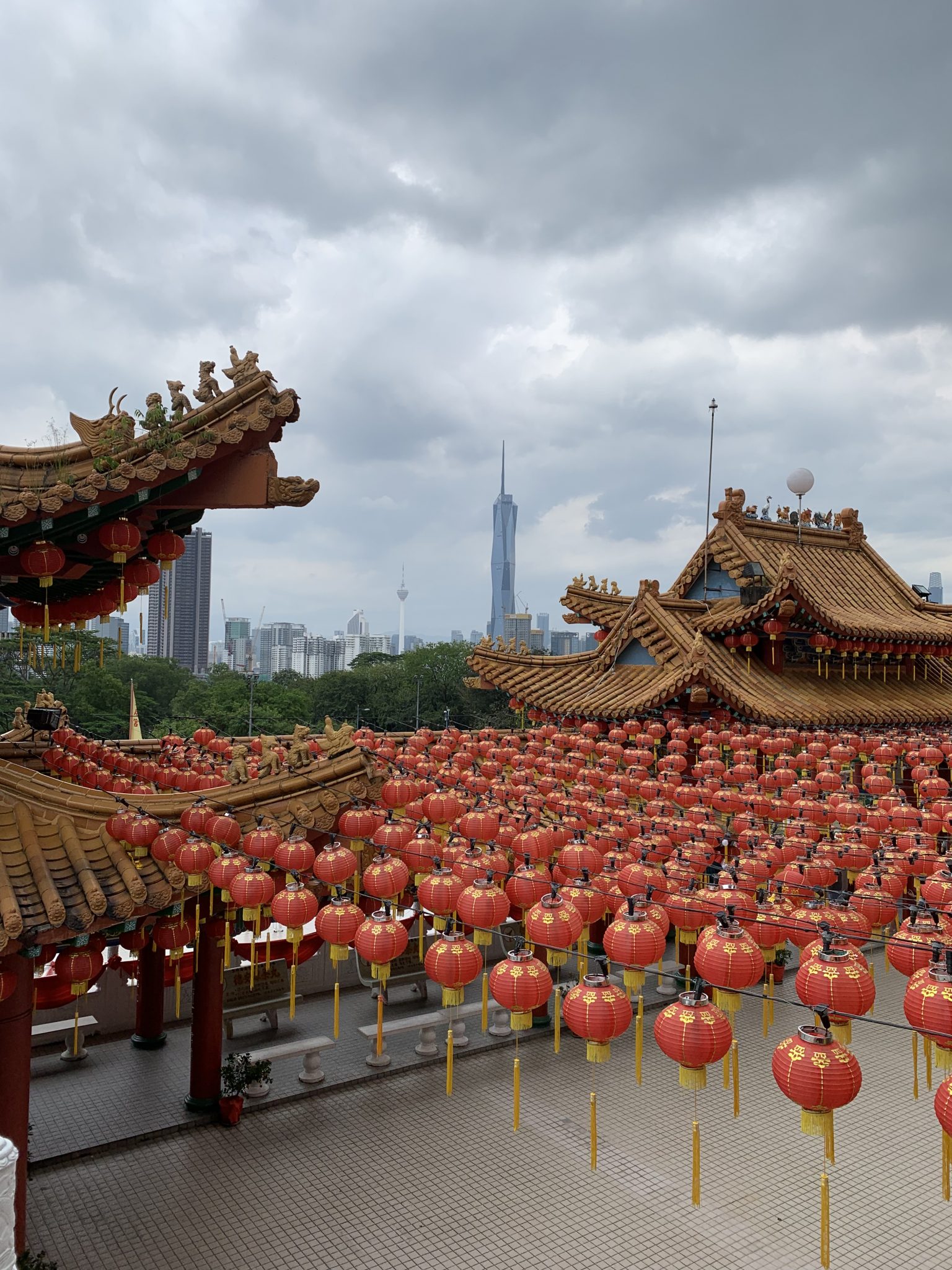
The temple is dedicated to the sea goddess Mazu, who’s obviously a pink sort of a girl, judging by the offerings on display.
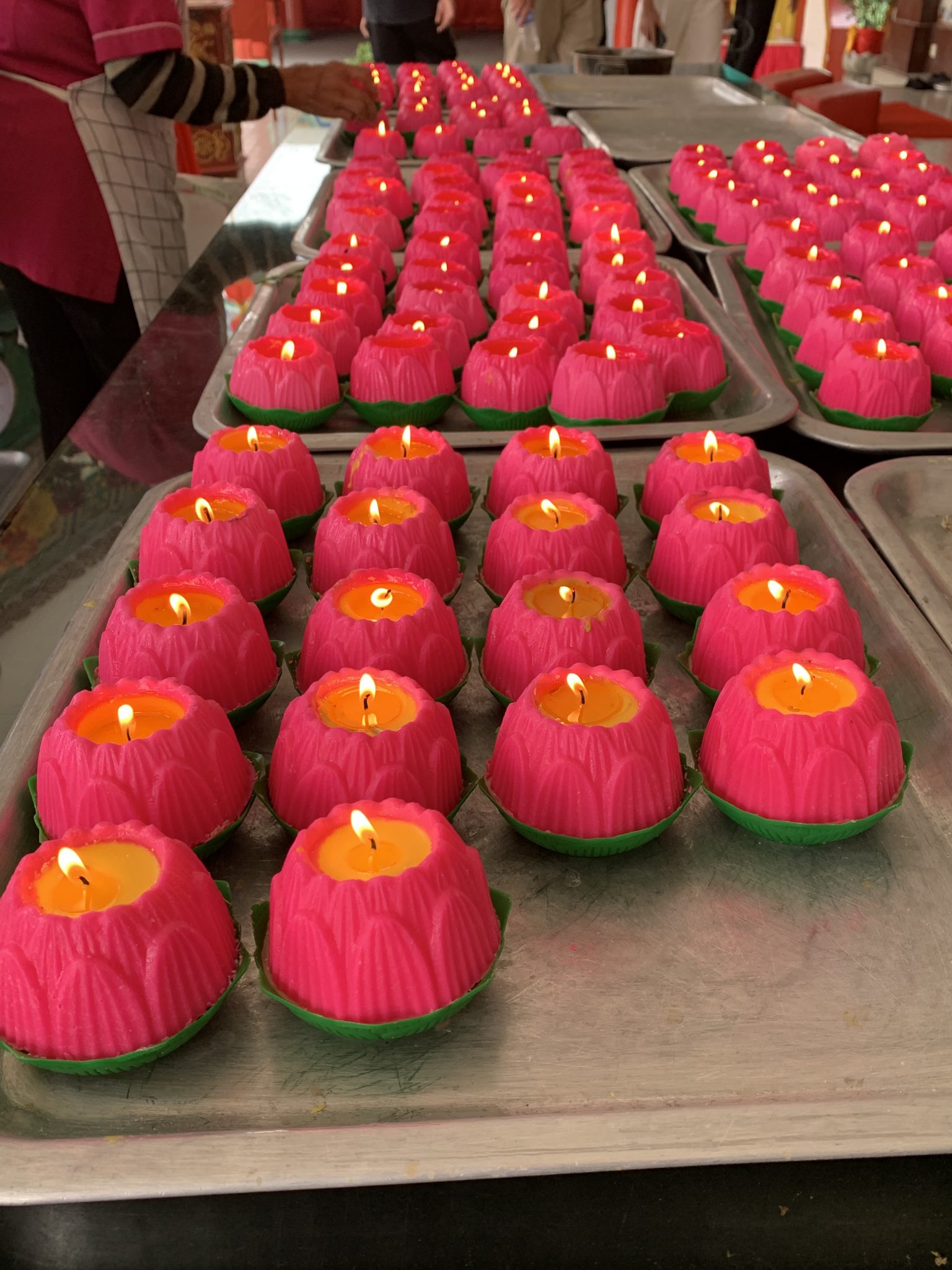
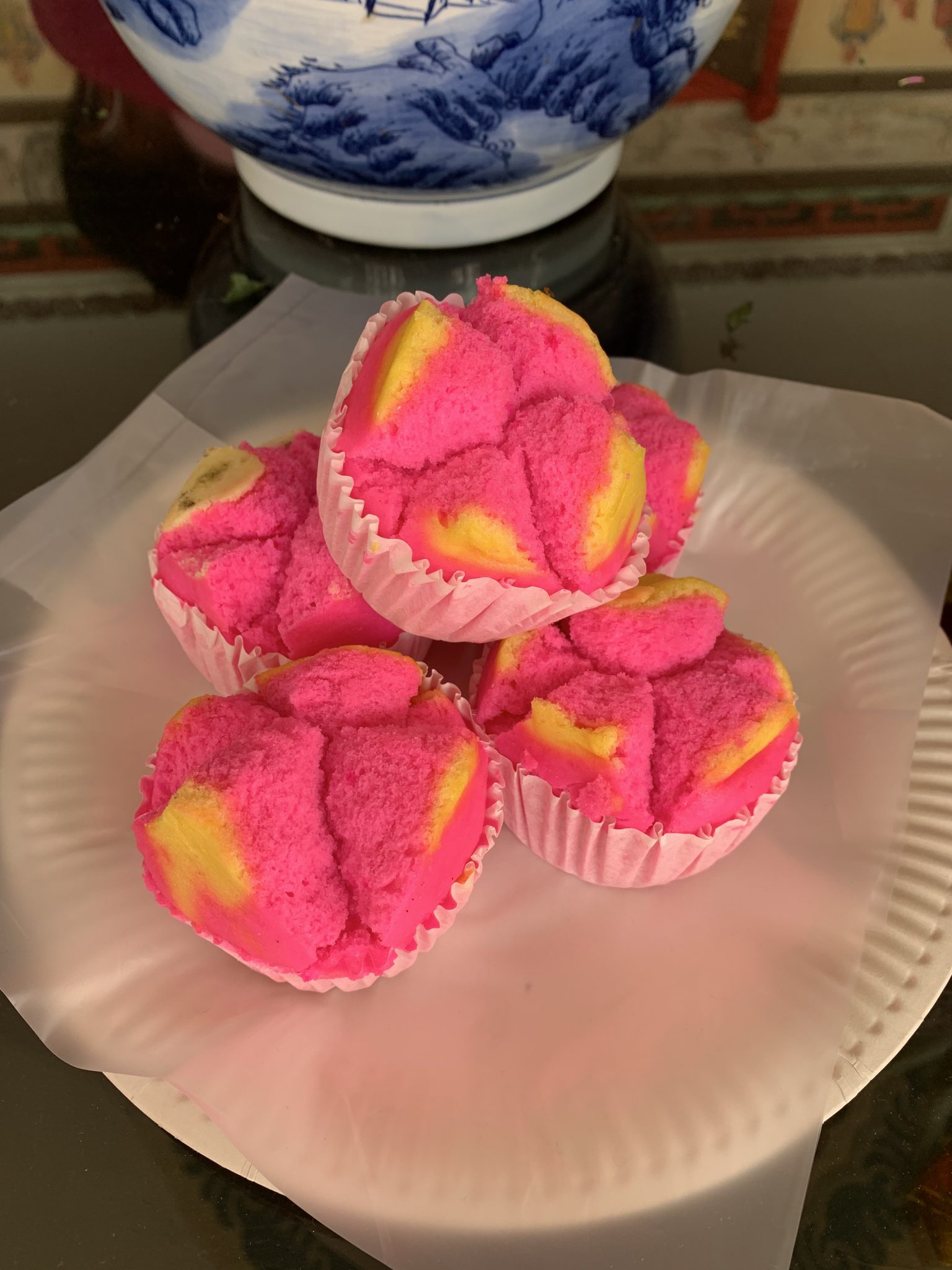
Outside the temple, just beyond the car park, is a stall with a row of bird cages. There are large, medium and small birds, and the idea is that you pay for a bird – or several – which you then set free for good luck. At the same time, the stallholder puts on a large hat, waves a fan around and chants a prayer for good health, wealth and education. This seems to me to be a very practical approach, combining luck, religion and animal welfare … a triple whammy of the feel-good factor.
Our two little birds, costing just over a pound each (the big birds were about £5), flew high as soon as they were released and we were assured that this is a sign of extra special good luck. Although I suspect that they’ve been trained to fly up into a nearby tree where the stallholder’s assistant is waiting to catch them and recycle them, for an eco-friendly approach to karmic purification.
Chinatown is one of the oldest parts of KL, and it evolved when Chinese workers arrived to work in the tin mines in the 19th Century. There are still lots of streets with rows of old shophouses, many converted into fashionable bars and restaurants now. One of the oldest buildings, which used to be the post office, is a very unusual mix – it’s built in Malay and Tudor style.
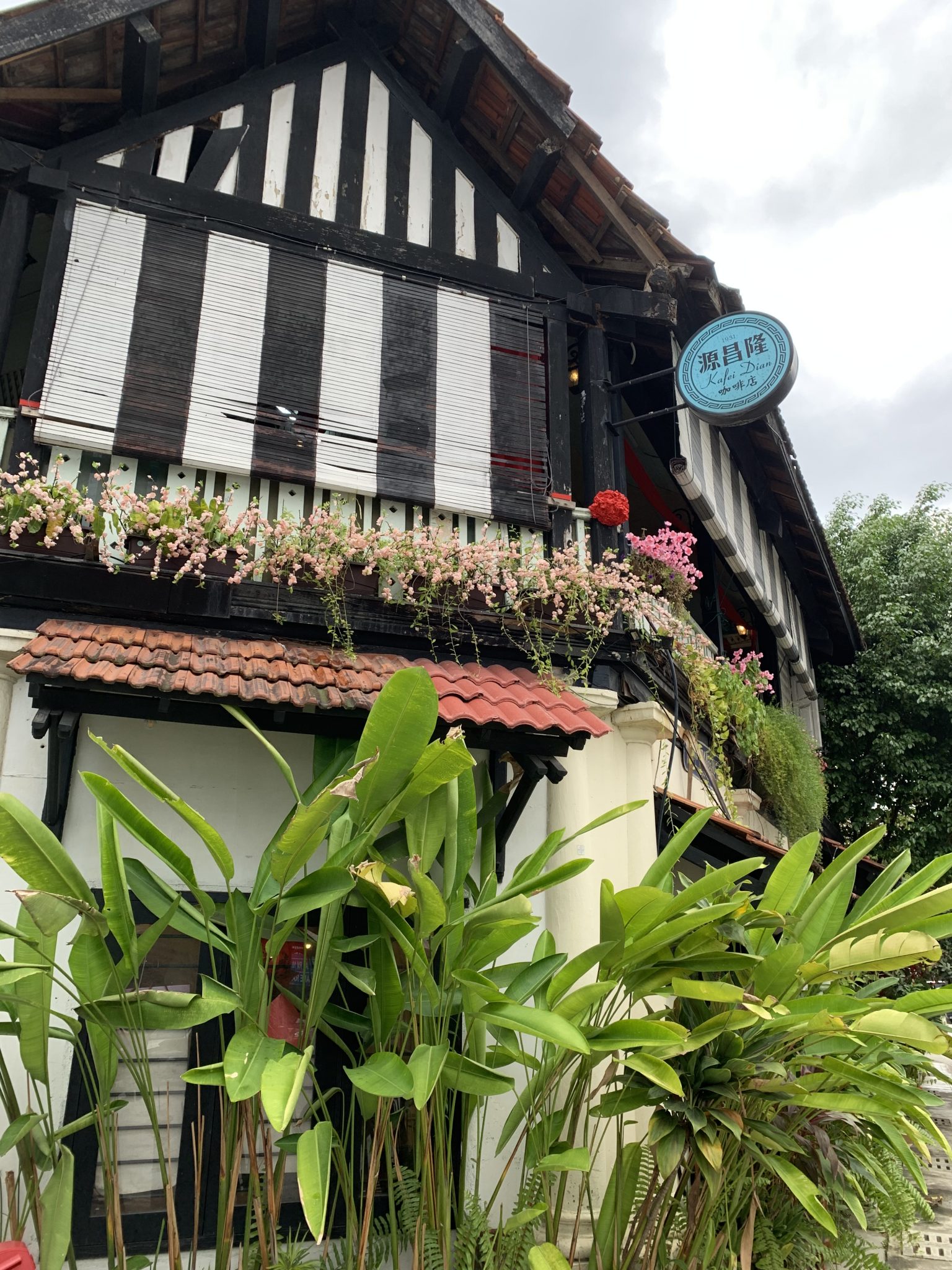
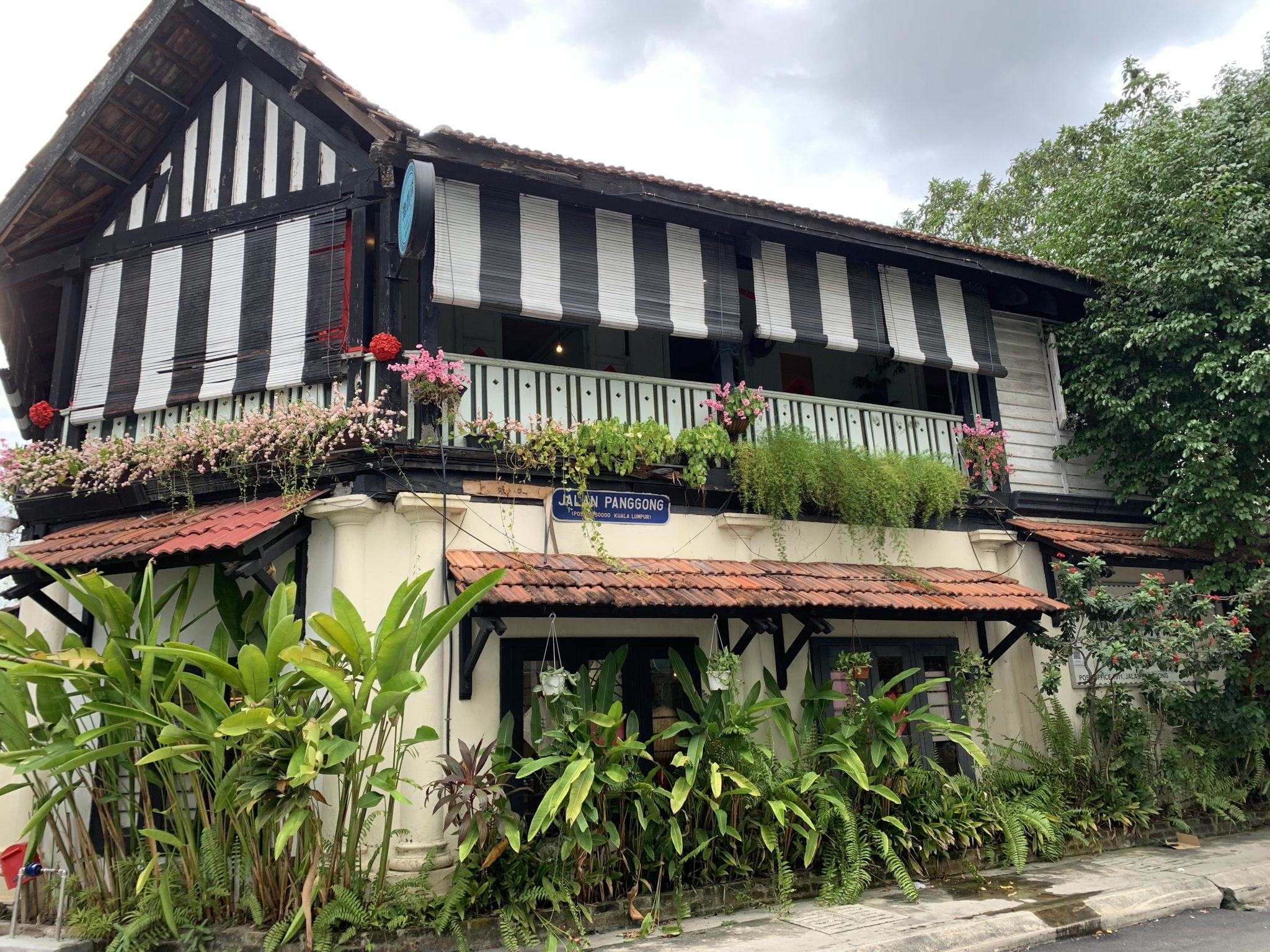
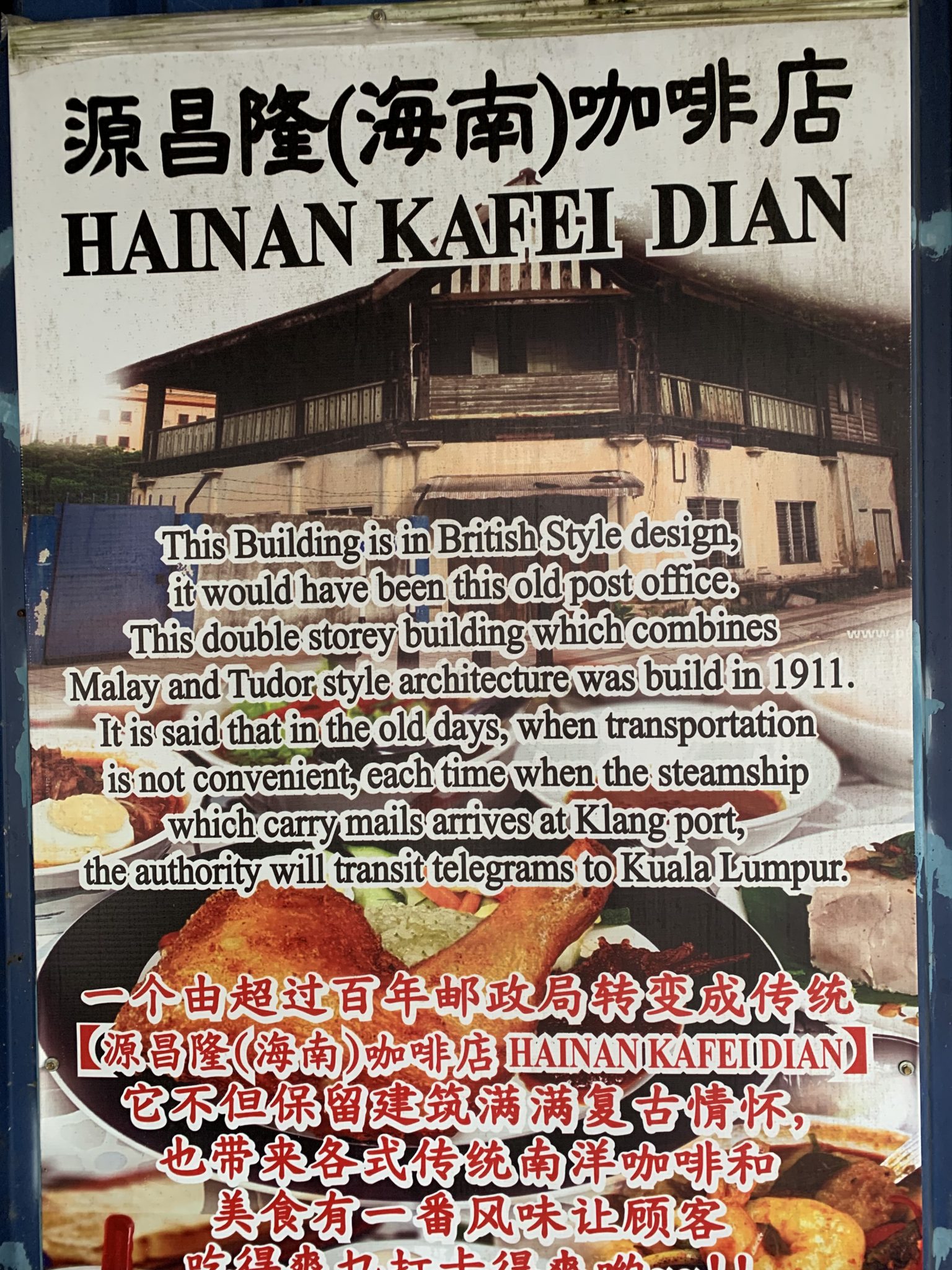
I have to say that it looks a lot better now with all the greenery than it did in the original picture – although it must be quite difficult for the customers to see out of the windows.
Whilst Malaysian fusion works well with regard to culture and architecture, I’m less convinced about some of the food. Nasi lemak is the national dish of Malaysia and it consists of rice cooked in coconut milk flavoured with pandan, and served with spicy chilli sambal, fried anchovies, peanuts, hard boiled egg, cucumber and a piece of chicken. Perfectly delicious, you might think – but how would you feel about the same nasi lemak being served in a croissant?
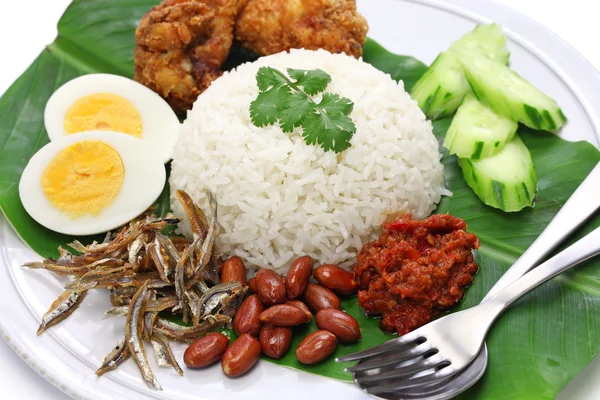
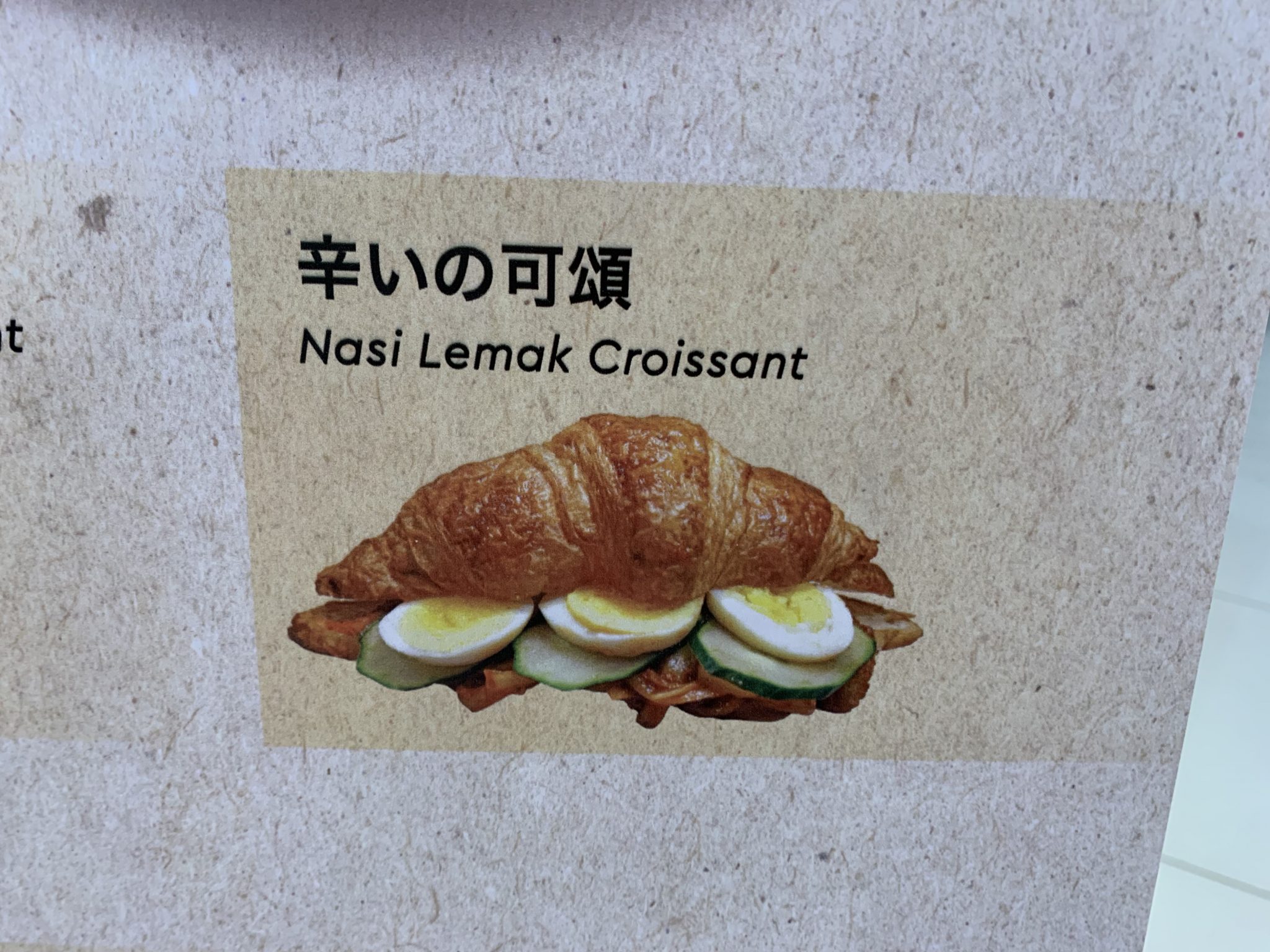
For a bit of a cross-cultural comparison, imagine a croissant stuffed with fish and chips, or a crumpet topped with udon noodles. Just because you’re combining two cultures, synergy isn’t necessarily the happy outcome of any random pairing.
And here’s a final example of fusion cooking which baffled me. I saw a Waldorf salad on a menu the other day, and I know that a Waldorf salad is made from apples, celery, walnuts, grapes and mayonnaise. So you can imagine my surprise when I looked at the ingredients listed on the menu.
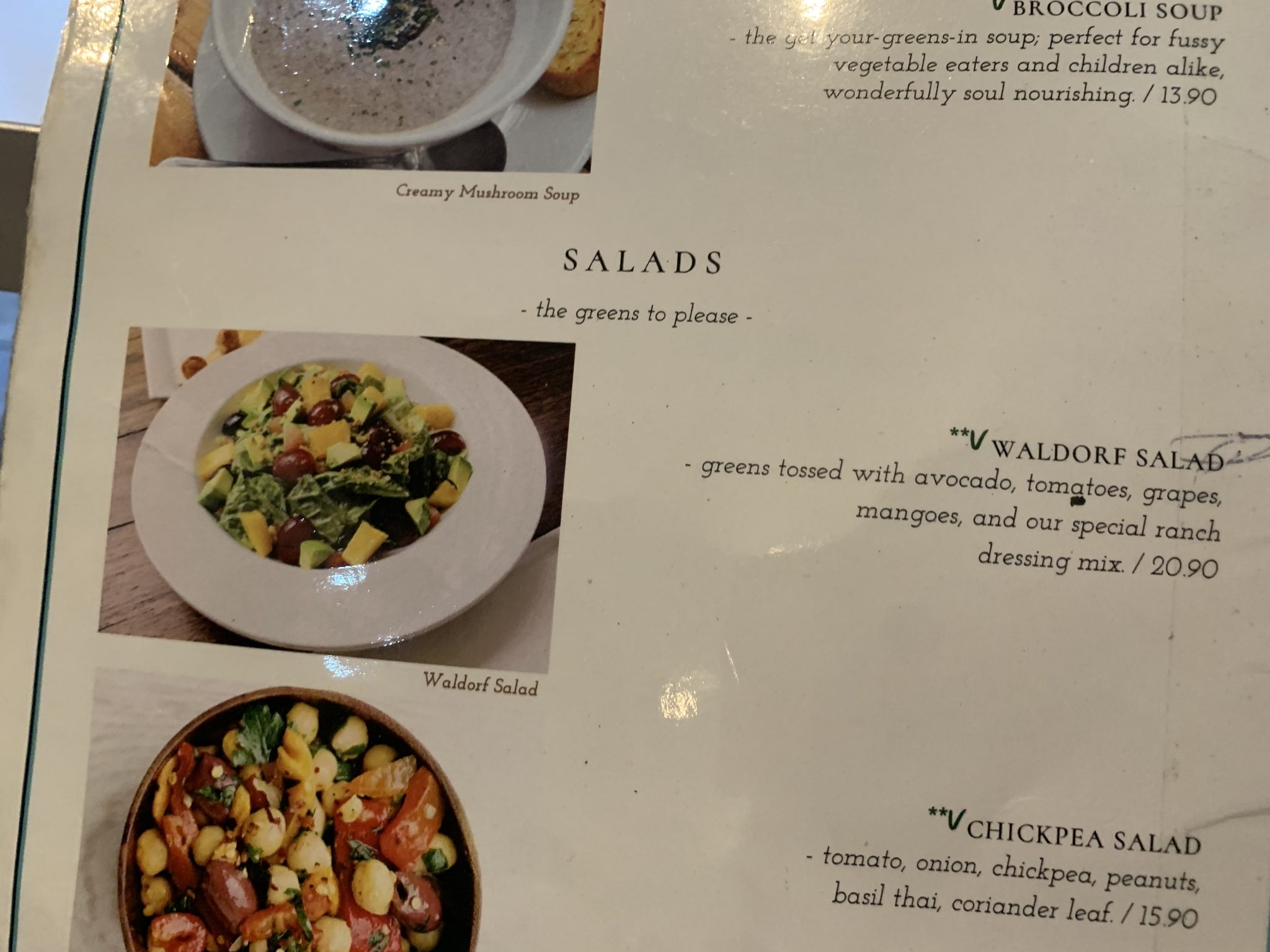
The only ingredient listed here which is in an authentic Waldorf salad is grapes … so how can this be a Waldorf salad? I suppose, to quote that great hotelier, Basil Fawlty, they were “just out of Waldorfs.”
